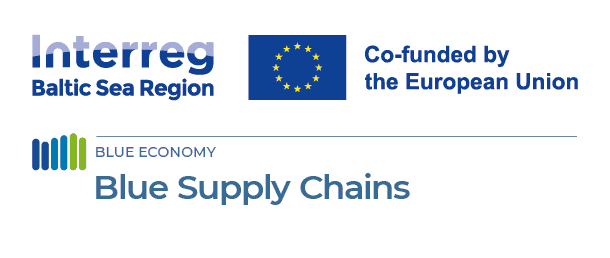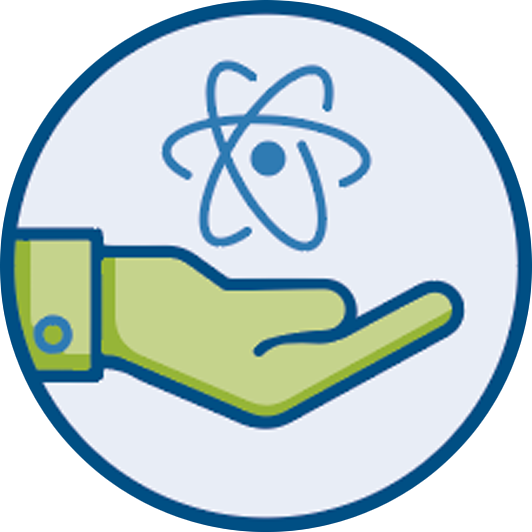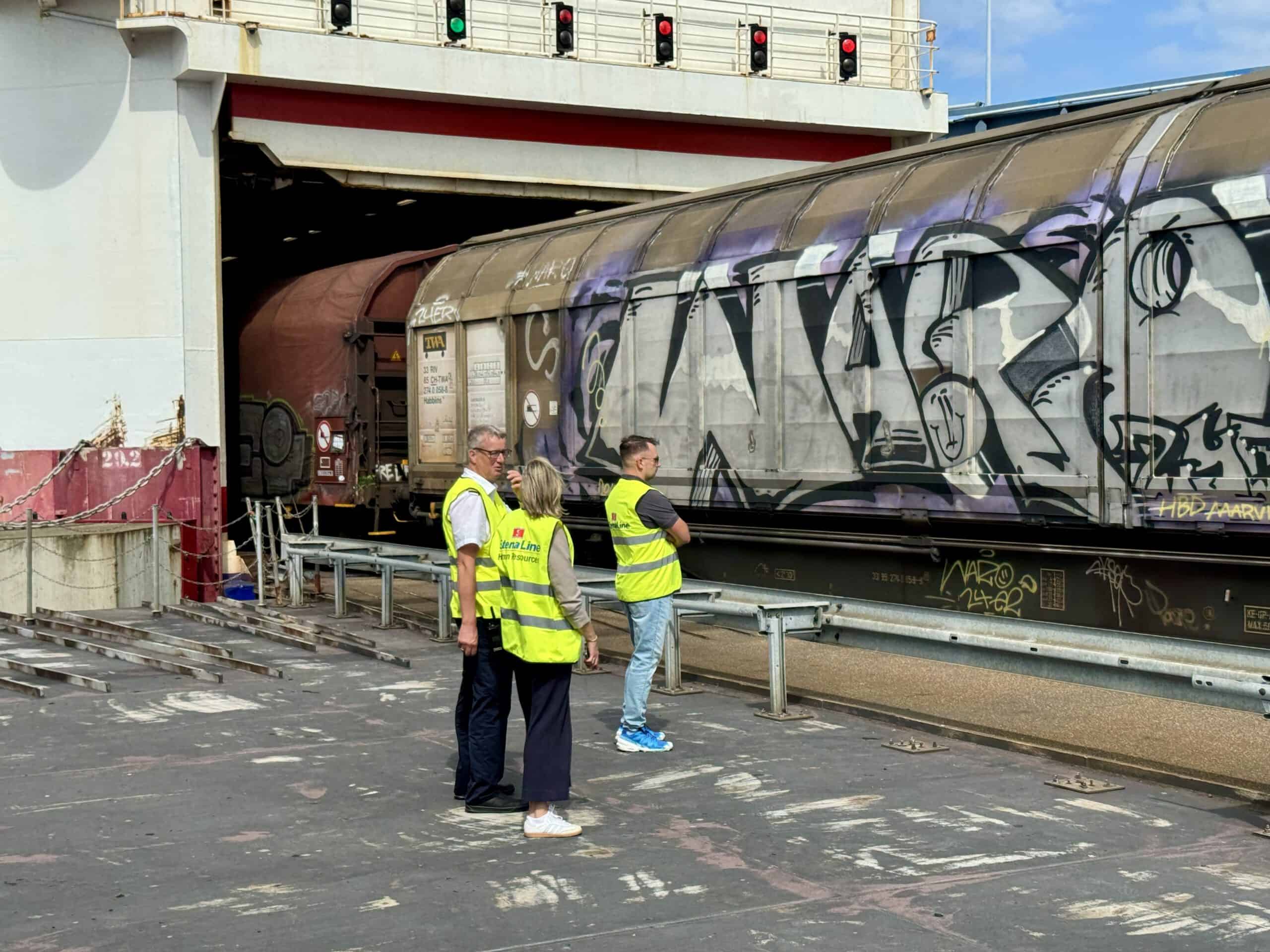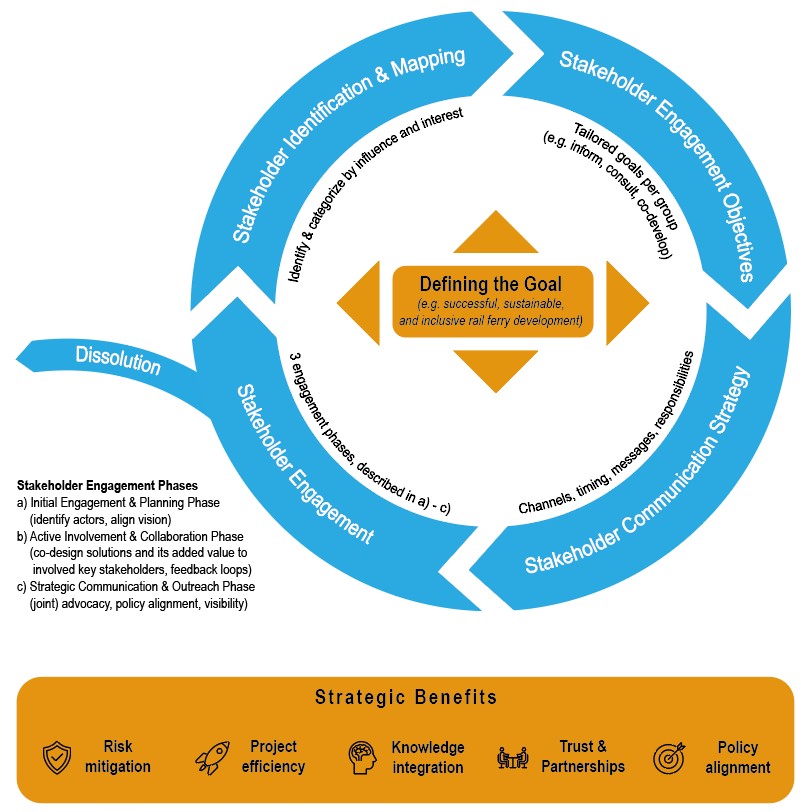
Greening Transport Chains - The Rail Ferry Example
11 December 2024
Stakeholder Cooperation to push the set-up of Green Transport Chains
The Rail Ferry pilot between the ports of Rostock and Trelleborg.
The Rostock–Trelleborg rail ferry is one of Europe’s last operational rail ferry connections, linking Central Europe with Scandinavia through a maritime–rail route. Operated by Stena Line, it provides a sustainable alternative to road transport via Denmark and is a critical component of the Scandinavian–Mediterranean Core Network Corridor (TEN-T). Beyond its environmental benefits, the link is increasingly important for resilience, military mobility, and economic connectivity.
Challenges encountered on the Rostock- Trelleborg route are:
-
Ageing vessels (built in the 1990s) with limited replacements available.
-
High operating and infrastructure costs for the ports.
-
Lack of redundancy on the German side reduces resilience.
-
Market perception: the rail-ferry link is often seen as backup rather than integral route.
The Blue Supply Chains project developed a structured Stakeholder Engagement Plan to overcome challenges ans strengthen this important transport link between Sweden and Germany.
The first report (Roll of port authorities in setting up green transport chains) provides guidance and next steps to successfully implement a green combined transport (CT) concept by making use of the existing ferry link between the BSR ports Trelleborg and Rostock.
Key aspects of the report include:
- Development of Rail Ferry Services: The rail ferry between Rostock and Trelleborg serves as the last operational rail ferry link between Germany and Sweden, offering an efficient alternative to land-based routes via Denmark. This service supports growing trade, especially in strategic materials and collaboration with German industries.
- Challenges and Infrastructure Needs: The report highlights capacity constraints in rail networks, such as the Lund-Hässleholm route in Sweden, which could hinder the growth of intermodal transport. It emphasizes the need for improved infrastructure to accommodate increased freight volumes, including expanded rail lines and terminal upgrades.
- Stakeholder Cooperation: The success of these initiatives relies on coordinated efforts among port authorities, rail-ferry operators, energy suppliers, and policy-makers. The report identifies necessary stakeholder interactions to address market uncertainties, infrastructure investments, and the integration of sustainable technologies.
- Future Strategies: The report proposes a strategic approach for maintaining the rail ferry link for resilience and addressing capacity issues through planned infrastructure expansions. It also explores potential military uses of the ferry service in light of Sweden’s recent NATO membership.
The second report “Improved green transport chains through demonstrated stakeholder cooperation” provides insights on the execution of the Stakeholder Engagement Plan.
A Stakeholder Engagement Plan (SEP) is a structured approach for identifying, analysing, involving, and communicating with individuals, groups, or organizations that have an interest in—or are affected by—the rail ferry. The stakeholder engagement plays a vital role in aligning objectives, ensuring implementation success, and managing risks proactively to strengthen the rail ferry transport link.
The theoretical concept of a stakeholder engagement plan has been adopted to the specific needs of this use case. and follows an iterative and participatory process. This process can serve as blueprint for other ports/regions and is described in detail in the report.
Interactive map showing pilot locations. Use the arrow keys to move the map view and the zoom controls to zoom in or out. Press the Tab key to navigate between markers. Press Enter or click a marker to view pilot project details.
Additional links
- Read about the project
- Report on the roll of port authorities in setting up green transport chains.
- Report on improved green transport chains through demonstrated stakeholder cooperation.
- O 2.3 - Slide Deck - Rail Ferry Case - Improved green transport chains through demonstrated stakeholder cooperation







